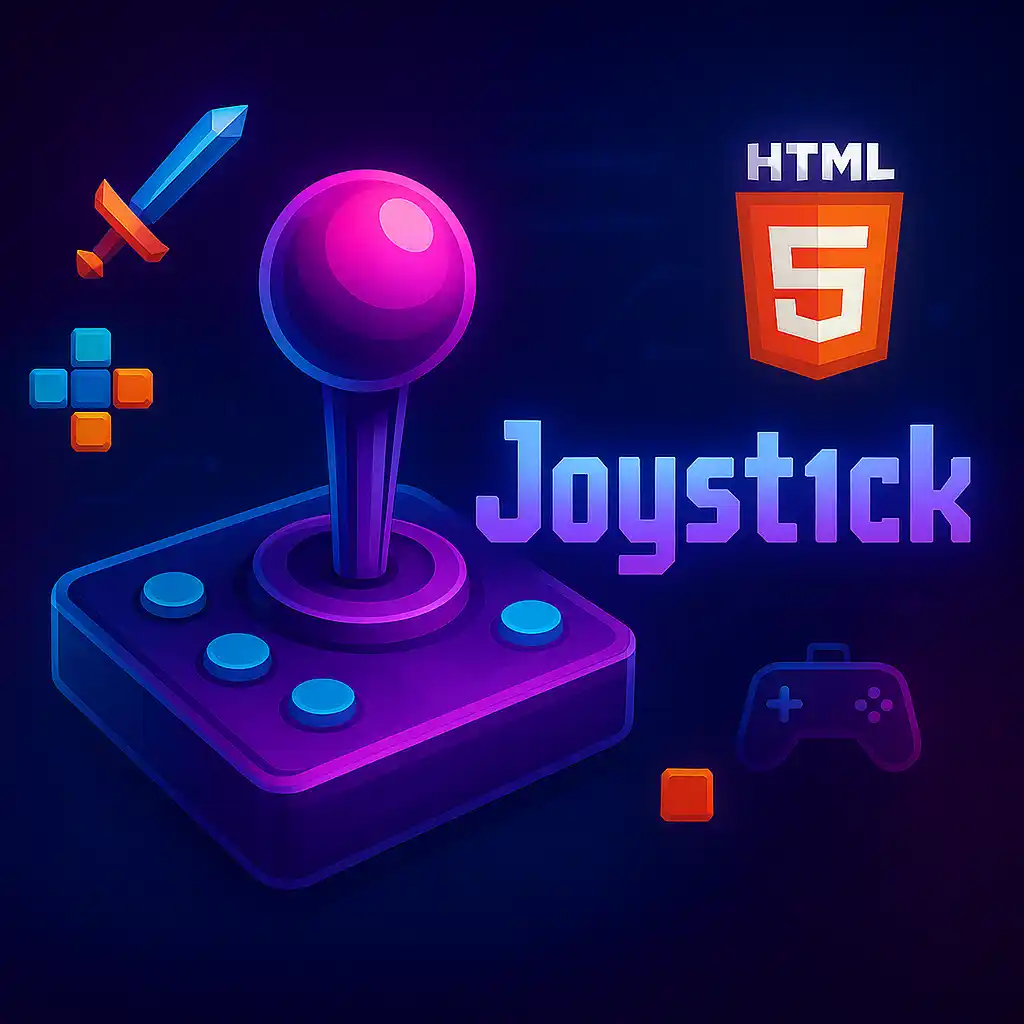Table of Contents
Determining Active Objects and Their States in Unity
Managing and tracking the active objects and their states in Unity is crucial for optimizing gameplay and ensuring seamless interactions. Here’s how you can effectively monitor and manipulate the active state of objects within a Unity scene:
1. Use of GameObject.activeInHierarchy
This property helps determine if a GameObject is active in the scene. It returns true if the object and all its parents are active:
Play free games on Playgama.com
if (gameObject.activeInHierarchy) {
Debug.Log(gameObject.name + " is active.");
}2. Maintaining State with Custom Scripts
Create a script to attach to game objects, maintaining and reporting their states:
using UnityEngine;
public class ObjectStateTracker : MonoBehaviour {
private bool _isActive;
void Update() {
_isActive = gameObject.activeSelf;
Debug.Log(gameObject.name + " is " + (_isActive ? "active" : "inactive"));
}
}3. Utilizing Unity’s Event System
Integrate Unity Events to automatically trigger actions when objects become active or inactive:
using UnityEngine;
using UnityEngine.Events;
public class OnObjectStateChange : MonoBehaviour {
public UnityEvent onActivate;
void OnEnable() {
onActivate.Invoke();
}
}4. Leveraging Scene Management Techniques
Employ scene hierarchy management to keep track of objects, employing methods such as:
- Tags and Layers: Use tags and layers for filtering active objects within your scene efficiently.
- Scene Queries: Use
FindGameObjectsWithTagorFindObjectsOfTypeto retrieve specific active objects.
5. Implementing Debug Tools
Enable or develop custom debugging tools to visualize active object states within the scene, such as:
- A dedicated UI display for monitoring active object counts and status in real-time.
- Custom inspectors that highlight state changes directly in the editor.
Conclusion
By integrating these techniques, you can effectively manage and monitor the active state of game objects in Unity, ensuring robust gameplay dynamics and efficient resource utilization. These strategies not only aid in debugging but also enhance the development process by providing clear visibility into the active lifecycle of objects within your scene.
